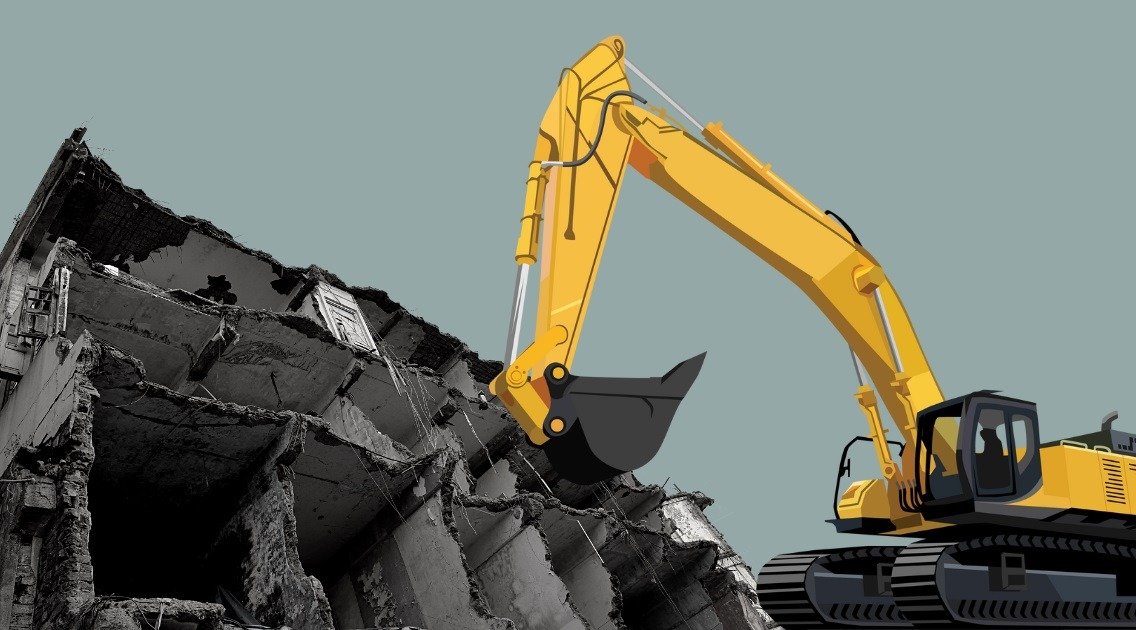In the serene confines of Versova, a secluded gate unveils a dusty path leading to a bungalow standing proudly near the shoreline. Despite its weathered Burma teak roof, the interior reveals a grandeur of 20 rooms boasting high ceilings, a majestic hall adorned with stained glass, and floors paved with Italian Carrara marble. Two wells, one marked with a tile inscribed “1900 AD,” attest to its historical roots.
Originally named Talati Bungalow, honoring the Parsi family of Sorabji Talati, this dwelling is among the last two remnants of the iconic Seven Bungalows in Versova. Regrettably, this vestige of Mumbai’s past is now under the looming threat of demolition. The BMC served a notice on Feb 29 to the property’s current owners, rebranded as Rattan Kunj, citing its “ruinous state” and the likelihood of collapse based on the findings of the BMC’s technical advisory committee (TAC).
Shaloo Rahul Barar, co-owner along with her sons, alleges a conspiracy to oust them, pointing to an Andheri builder’s interest in redevelopment. According to Barar, Rattan Kunj underwent its first structural audit in 124 years when approached by a developer. She claims the audit deemed the structure sound, requiring only minor repairs. However, the Barars stand alone in resisting eviction, as other co-owners have already vacated the premises due to internal family disputes.
Jayesh Raut from the K-West office reveals conflicting audit reports submitted by the co-owners. The TAC, after visiting the property, categorized it as C-1 (dangerous to occupy), but Barar contends that the TAC report was never disclosed to her, despite her requests.
Recent concerns raised in the assembly about the inaccurate labeling of robust structures as dilapidated underscore the need for independent evaluation in TAC. A report by the Indian National Trust for Art and Cultural Heritage (Intach) contradicts the BMC’s assessment, asserting that Rattan Kunj is structurally stable, albeit requiring repairs for some architectural elements.
Built in 1896 alongside other historical structures after the plague, including Kaikei Villa, Rus Cottage, Jasbir Villa, Gulistaan, Vijay Bhawan, and Shanti Niwas, Rattan Kunj is an integral part of Mumbai’s heritage. Conservation architect Vikas Dilawari emphasizes the importance of preserving these historical bungalows, as Mumbai’s suburbs face relentless redevelopment pressures, causing the loss of valuable pieces of its history.


